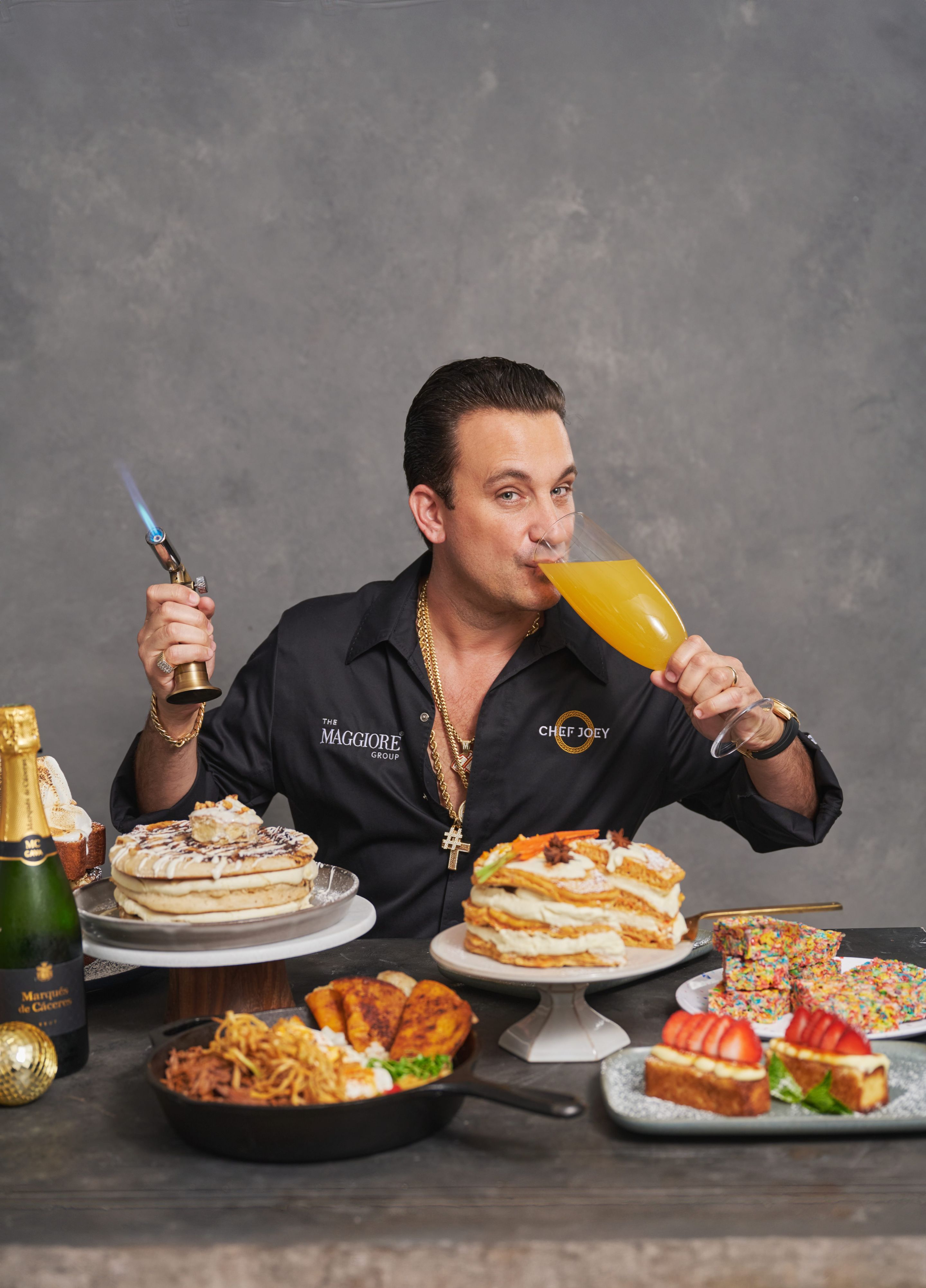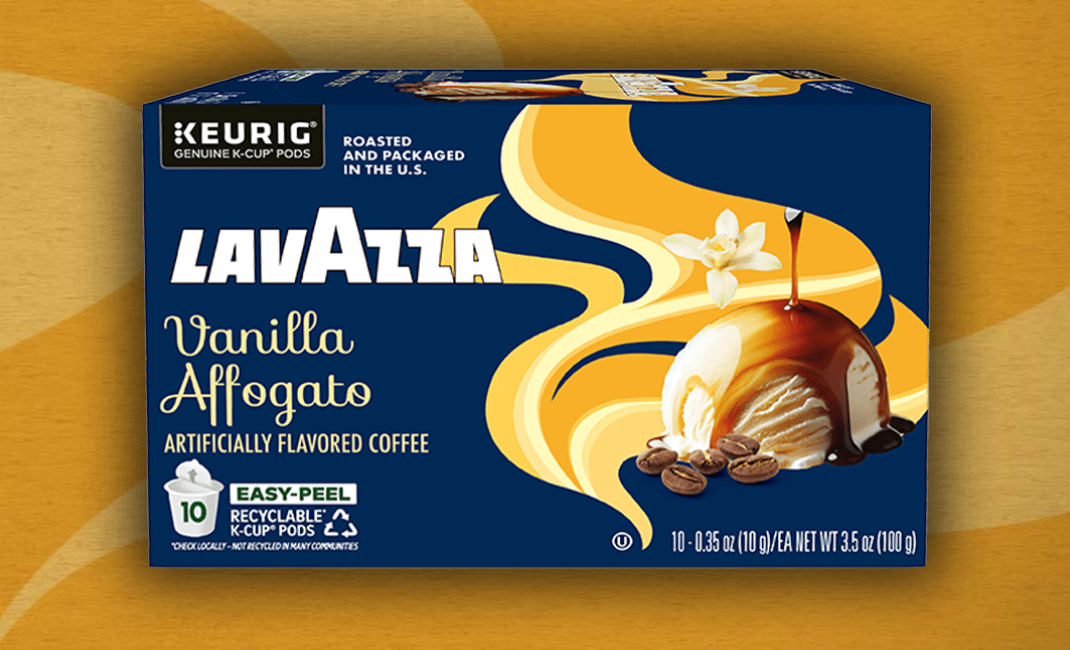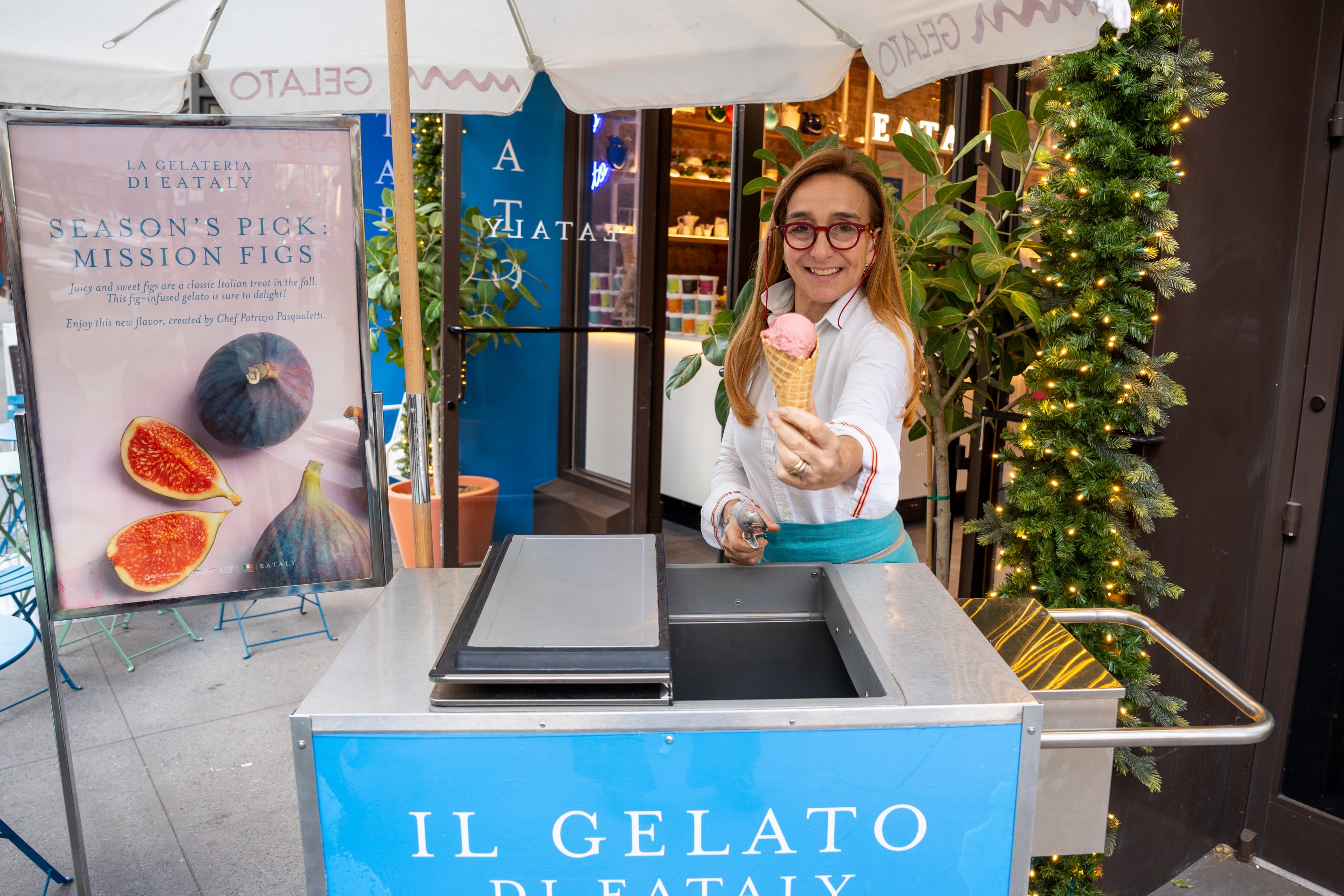And you thought you were having a busy week! Joey Maggiore published his debut cookbook yesterday, Brunch King, and will open his new restaurant, The Italiano, on Friday. The excitable and bold Italian-American chef and restaurateur is expanding his Maggiore Group restaurant empire throughout Arizona and into Texas, Nevada, and beyond. From the sounds of it, he’s just getting started.
Maggiore is a culinary character you’re likely to hear more about soon. The son of a Sicilian immigrant, Tomaso Maggiore, Chef Joey learned from his dad, who opened Tomaso’s Italian Restaurant in Scottsdale in 1977. While Tomaso passed away three years ago, his legacy lives on through his hard-charging son.
Joey Maggiore and his wife Cristina, also of Sicillian descent, oversee six restaurant concepts with several dozen locations either operating or planned, including Hash Kitchen—the inspiration for the new cookbook. The Maggiore Group also has The Mexicano and Italian-focused The Sicilian Butcher and Sicilian Baker, the Rosticceria, and as of later this week, The Italiano. As Chef Joey explains in the interview below, which has been edited for clarity, the newest restaurant is both an ode to his dad and a concept meant to bring high-end, East Coast-style Italian-American cuisine to the desert.
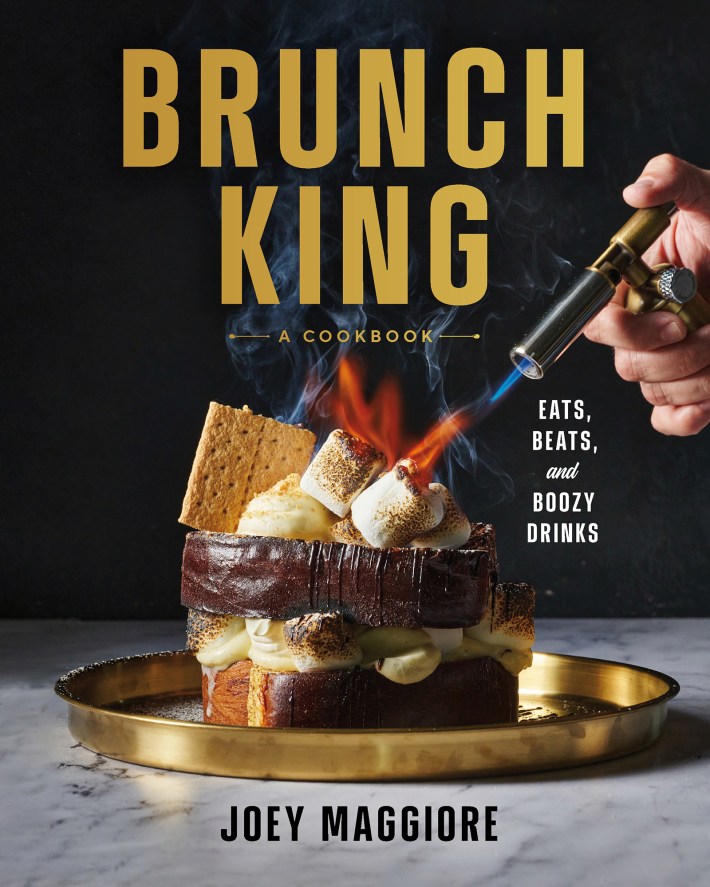
First, a quick note on Brunch King: Eats, Beats, and Boozy Drinks: this is a cookbook filled with photos of gold chains, QR codes for playlists from an in-house DJ, and recipes for over-the-top dishes and cocktails that aim to bring the Hash Kitchen party experience to your home. We’ll feature a few of the dishes on Appetito so you can get a taste of items like the 10-Layer Breakfast Lasagna and Cannoli Donuts, which are among the 70 recipes that also include cereal-infused cocktails, Bloody Marys galore, and more. We also recommend getting a copy of the book to pull from the shelf whenever you need inspiration for a lively weekend brunch experience.
Chef Joey, it’s nice to meet you.
The pleasure is mine.
Your background is so interesting—being raised in an Italian household and restaurant, and then making a name for yourself with wild and crazy brunches at Hash Kitchen in Arizona.
Definitely, the brunch life, baby. I was a black sheep of the family. My father was a very traditional Sicilian chef, born and raised in Sicily, in a small town called Bagheria. Like many people, he went from Sicily to New York to find the American dream. He found it through his passion for Sicilian cuisine and Italian food, and never forgetting where he came from, but loving the United States, which I thought was amazing.
How did he inspire you?
As the son of a master Italian chef, that's what I had to do—I was going to be an Italian chef and open an Italian restaurant. And I still love it; that's my passion. But I was always the guy that wanted to create different things. I was in California for many years with all kinds of restaurants, and I moved back to Arizona, and told my dad, “I'm going to open this big, beautiful Italian seafood concept.” He goes, “You're nuts. But okay, let's do it.” So I opened this Italian place with high-end seafood in the middle of the desert, which was challenging. After two years, I was like, I work my butt off for peanuts. It's not worth it.
So what’d you do?
I said, let’s change it to something else—a brunch concept. And me and my wife Cristina came up with the Hash Kitchen, making it nostalgic and fun and a party atmosphere.
We've only met for a couple minutes, but I can tell you, I'm a fun guy. I like to have fun. And to me, life is amazing, and you got to enjoy it. So I wanted to bring that kind of experience and life into a brunch concept. So I told my dad. First of all, he could not say the word “hash.” He would say “Ash,” because he just couldn't say the H, and it was hilarious. After two weeks, he goes, “You know how many eggs you got to crack to make a little money in this business? I don't know if you should do that.”
What was the first Hash Kitchen like—and how did your father react?
The first week we had a DJ — and it's before everyone was doing DJing [in restaurants]. So the first one in Arizona was in-your-face, super loud. [My father] would come to me and go, “Oh my god, are you nuts?” You know, an Italian breakfast for us was warm milk and a stale piece of bread. We started doing all these cool things. And then he started seeing that it was more than just pancakes and eggs. It was innovative, fun foods that you braised and cooked, and there was real technique that went into it. He really started seeing the passion and the growth, and he got excited.
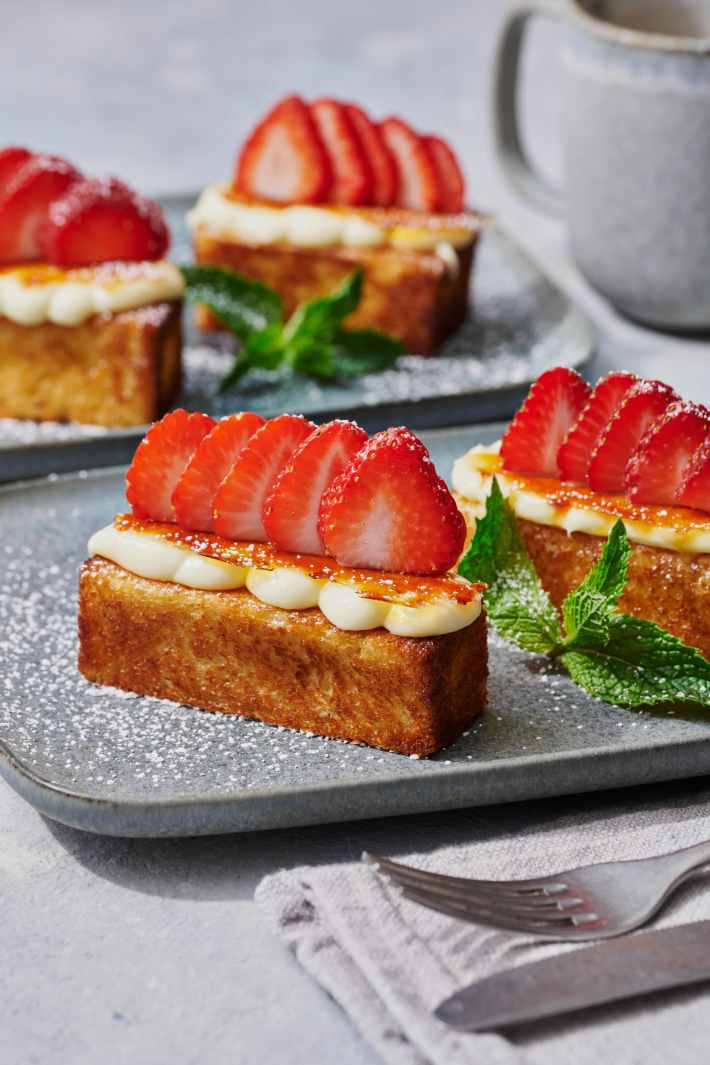
And you incorporated Italian ideas into these brunches, like you have a crème brûlée bruschetta—
Yeah, and we do a fresh gnocchi hash. I started heavily with Italian and Spanish influence. And, you know, obviously, as an Italian American, you know that the closest thing to us is the Spanish-Mexican cuisine. So I became a little passionate about what they did as well. And so when I designed the menu it was heavily Italian, heavily Mexican-style foods. You know, brunch pizzas. We made a Carbonara with the egg on top. I mean, that's brunch, why not? Instead of shrimp and grits, we would do Italian-style with creamy polenta, and then we did risottos. I make a breakfast lasagna. It's comfort food. It wasn't just potatoes and eggs anymore. It was badass lasagnas and different things like, Wow, this is completely different, but it tastes great!
[Note: The Hash Kitchen menu features a Build-Your-Own Bloody Mary bar, customizable donuts, and a range of Italian, American, and Mexican main dishes including hashes, from chicken parm to corned beef to chile relleno.]
Hash Kitchen then took off, right?
Yeah, we have locations with Hash in Arizona, and then we're also in Dallas and Utah, and we're going into Nashville and San Antonio. We have 10 right now, and we'll have 15 by March 2025. Right now, I’m opening my flagship: The Italiano is my version of a red-sauce restaurant like Carbone or Rao’s, but not so formal. It’s upscale casual, but old school, American Italian, heavily influenced Italian foods.
I was going to wait till later to ask you about that, after we talked about the book—
I'm Italian. I don't shut up, my friend. You know that already. [Laughs]
OK, so let’s talk about your Italian concepts, like Sicilian Butcher and Sicilian Bakery, and now The Italiano.
Sicilian butcher, which is my play on a bakery on one side and a casual Italian restaurant, but it's focused on fresh pastas and meatballs. We're just nostalgic, American-style food with an Italian and Sicilian influence. But the new one, my father in Arizona had a place called Tomaso’s. It was a James Beard award winner, and you name it. This location was open almost 48 years, and he passed away three years ago. The lease was bad. The building was falling apart. We tried to renegotiate the lease. It didn't work. So I didn't want to do bad business. I went to look for a new location. Since he's gone, the legacy will always be his. But we didn't want to call it Tomaso’s. We wanted to call it The Italiano, which is what he made me, what he was. And so all those dishes will be from stuff I grew up with in an Italian-American household, and the way he cooked, and really bring out that East Coast red sauce restaurant that kind of disappeared, that's now coming back.
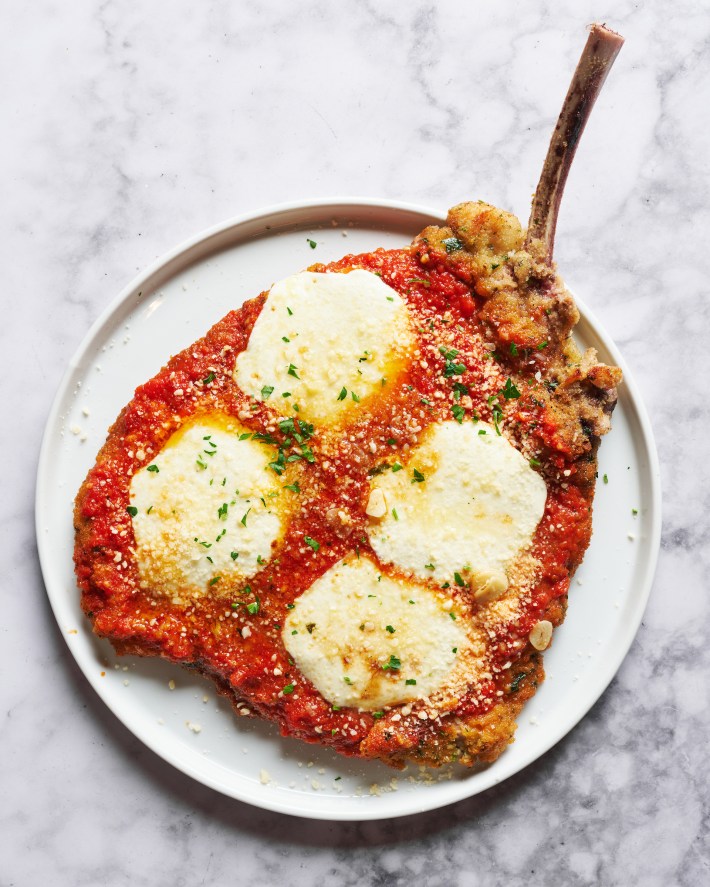
Why is the time right for it now, especially in the Phoenix-Scottsdale market?
You know, there are a lot of East Coast transplants here, a lot of Italian Americans, a lot of people that want those restaurants back. There was a surge of them when my father was here. There was Tomaso’s, Avanti, Marcellino, Tutti Santi. There were great Italian restaurants in the area, but those gentlemen got a little older, and they sold off, or whatever. So then what happened is places like Sicilian Butcher and North Italia were more casual Italian; they got away from the roots of how this all started. The Italiano is really bringing back that upscale, fine dining, East Coast red sauce restaurant, and I think there's a big draw for it.
Where is it?
It's in Scottsdale. A big, big space — 7,000 square feet. It's my "drop the mic," I call it. We're putting everything into this one. It's costing a ton of money, but no expense is spared. This is one you’ll keep for 20 years, 30 years. It's a family legacy. Will you open two or three locations? I don't know. Let's do one, right, and then see.
What are some dishes you are excited about showcasing at The Italiano?
We're gonna do a lot of veal chops, like Valdostana and Saltimbocca. We’ll do osso buco. We have this huge Cioppino with lobster and all the fish, homemade raviolis, chicken parm, of course, shrimp parm, zucchini blossoms as a stuffed appetizer. I'm sure you've been to many steakhouses, and they all have the same thing, right? You get the seafood tower. So we're doing our Cioppino towers. They come without pasta or you can get a pasta back if you want it. We're doing an antipasto cart, which is super cool. So I built these three beautiful carts, and they'll come to your table with over 50 items. You can choose six or 12, or the whole cart, and they basically build what you want on your plate for your antipasto, and those items will change every day. And then we're doing a limoncello cart, making homemade limoncello. Zabaione, which I grew up with—they don't do tableside anymore in the West Coast. We're bringing that back with a tableside Zabaione.
I don’t know how you’re opening this restaurant a few days after your book hits the shelves!
Yeah, neither can I, trust me. It wasn't supposed to hit all at once!
